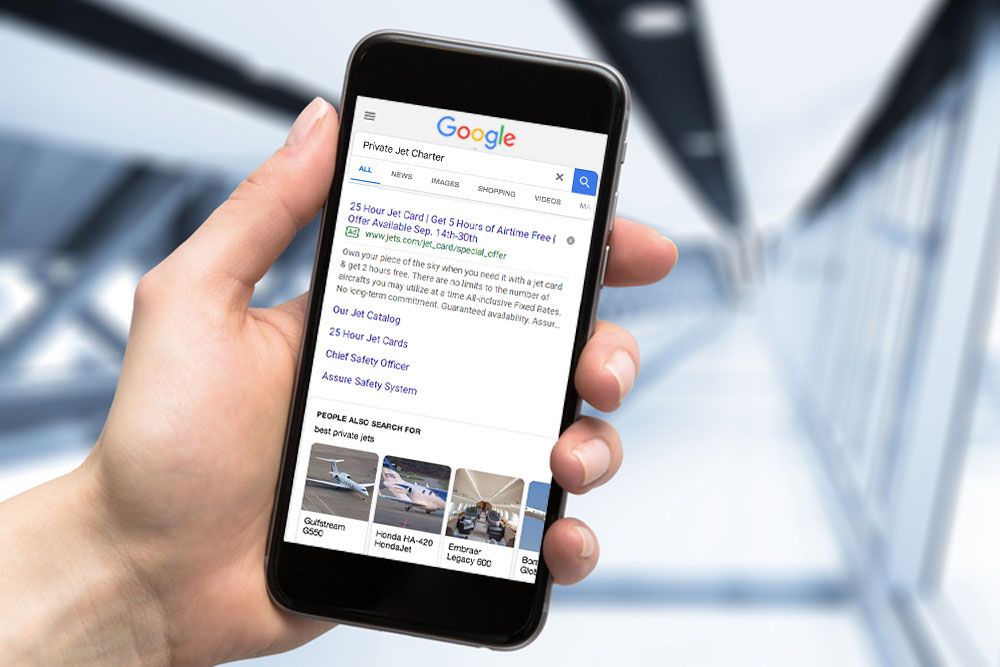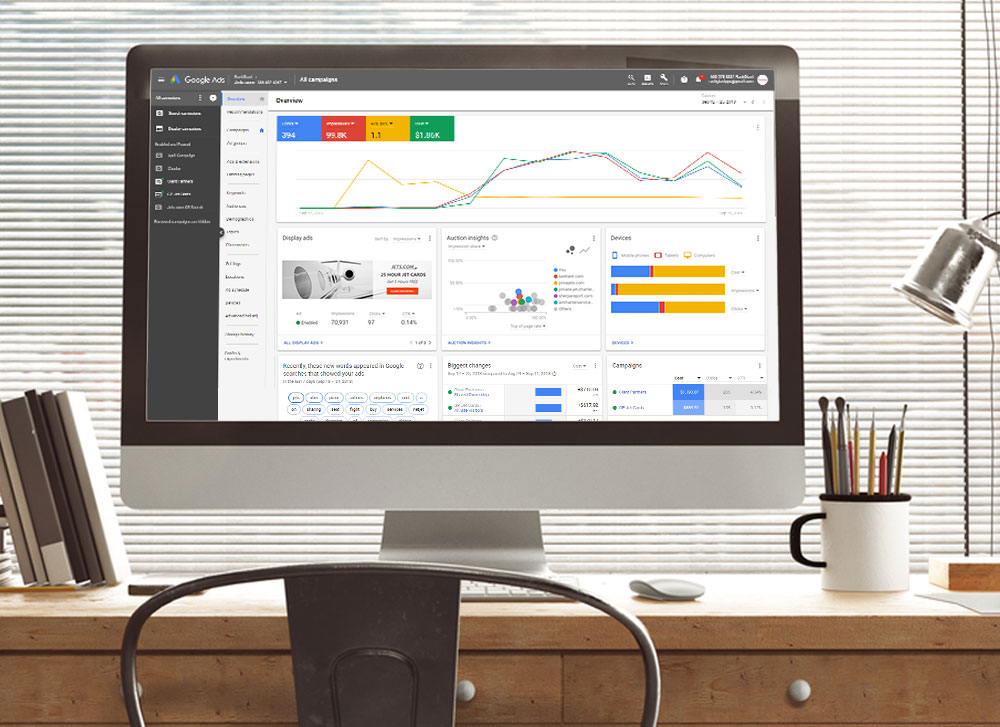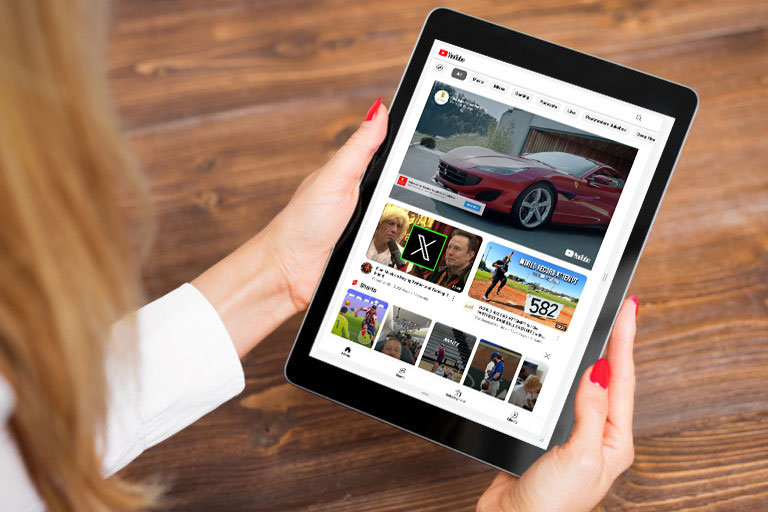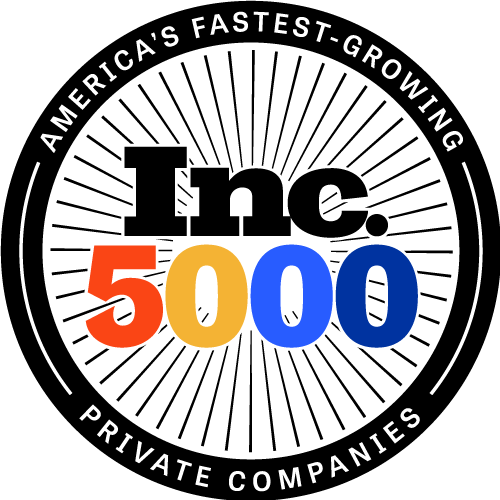GOOGLE AND YOUTUBE ADVERTISING THAT REACHES QUALIFIED CUSTOMERS
Reach qualified customers with industry leading precision across online search, display and video advertising networks
We are a Google and Youtube advertising agency with the data and expertise needed for campaign success. Prices based on target database size, campaign duration, and ad spend budgets.
GOOGLE AND YOUTUBE ADVERTISING THAT REACHES QUALIFIED CUSTOMERS
Reach qualified customers with industry leading precision across online search, display and video advertising networks
We are a Google and Youtube advertising agency with the data and expertise needed for campaign success. Prices based on target database size, campaign duration, and ad spend budgets.
Pay-per-click leads can be expensive but they turn into revenues often and fast. Google and Bing PPC with banner and video retargeting are the best way to reach customers that have expressed purchasing intent. Get Google and YouTube target database visualization for your business
GOOGLE AND YOUTUBE AGENCY BEST PRACTICES

Google and Bing enables businesses to pay to be listed at the top of search results. Each keyword and search term has a different cost based on search volume, geographical range, and competition.
Skilled ad managers have the ability to:
- Identify the best keywords and properly target audiences
- Capture search intentions and run effective experiments
- Optimize conversion rates with strategic bidding strategies
Best Practice: Set a percentage goal to lower your cost-per-conversion. Then create a ramp schedule to scale your ad budget over weeks and months.
Did You Know? Google requires $50,000 in all-time ad spend to upload custom audience lists.
What are best practices for optimizing PPC (pay-per-click) advertising campaign performance?
Google and Bing Pay-per-click (PPC) advertising can be a highly effective way to drive targeted traffic to your website and generate leads or sales. To optimize PPC performance, consider these best practices:
1. Keyword Research: Conduct thorough keyword research to identify relevant and high-converting keywords. Use keyword research tools to discover new keywords and assess their search volume and competition.
2. Ad Copy: Create compelling and relevant ad copy that includes your target keywords. Highlight unique selling points and a clear call to action (CTA). A/B test ad copy to determine which messaging resonates best with your audience.
3. Landing Pages: Ensure that the landing page corresponds to the ad’s message and offers a seamless user experience. Optimize landing page load times for mobile and desktop. Make sure the landing page has a clear CTA and relevant content.
4. Ad Extensions: Use ad extensions like site link, callout, and structured snippet extensions to provide additional information and encourage clicks. Extensions can help improve ad visibility and CTR (Click-Through Rate).
5. Quality Score: Pay attention to your Quality Score, a metric used by search engines to assess ad relevance and landing page quality. Higher Quality Scores can result in lower costs and better ad placements.
6. Ad Scheduling: Use ad scheduling to display your ads during times when your target audience is most active. Adjust bidding strategies based on time of day or day of the week.
7. Bid Management: Set appropriate bidding strategies (manual, automatic, or target CPA) based on your campaign goals. Regularly review and adjust your bids to maintain optimal ad placement.
8. Negative Keywords: Continuously update your list of negative keywords to filter out irrelevant traffic and save ad spend. This helps improve the quality of your clicks.
9. Geographic Targeting: Use geotargeting to focus your ads on specific regions or locations that are most relevant to your business. Consider different bidding strategies for various geographic areas.
10. Ad Testing: Regularly test different ad variations to determine which ones perform best. Test headlines, descriptions, CTAs, and images to refine your ads over time.
11. Conversion Tracking: Implement conversion tracking to measure the success of your PPC campaigns. Analyze data to make informed decisions and allocate your budget more effectively.
12. Budget Management: Set a realistic daily or monthly budget and monitor your spending. Adjust your budget based on performance data and goals.
13. Mobile Optimization: Ensure your ads and landing pages are mobile-friendly, as many users access the internet through mobile devices.
14. Monitor and Analyze: Regularly review your campaign performance data and make data-driven marketing decisions. Use tools like Google Analytics and PPC management platforms to gain insights.
15. Remarketing: Implement remarketing campaigns to target users who have previously interacted with your site. Tailor ads to their interests and behavior for increased conversion rates.
16. Ad Copy Testing: Experiment with different ad copy variations and test their performance to refine your messaging and increase CTR.
17. Competitor Analysis: Keep an eye on your competitors’ PPC campaigns and adapt your strategy as needed.
PPC advertising requires ongoing monitoring, analysis, and adjustment to optimize performance. Keep testing and refining your campaigns to achieve the best results and maximize your return on investment.

Once ad manager and analytics platforms have been properly configured your company can optimize daily, weekly, and monthly ad spend budgets to maximize:
- Leads who see your ads (impressions)
- Leads who click your ads (clicks)
- Leads who fill out your forms (conversions)
Best Practice: Ensure that tracking pixels are properly installed and conversions are being accurately measured. Then create performance goals for each campaign.
Did You Know? The best ad managers decrease lead costs from month-to-month while increasing conversion rates.
How does a Google and YouTube advertising agency use AI (artificial intellegence) to optimize ad spend budgets?
Using AI to optimize PPC (Pay-Per-Click) ad spend budgets is a powerful way to improve the efficiency and effectiveness of online advertising campaigns.
Recommended steps:
1. Compile Customer Data: Start by collecting historical data on your PPC campaigns, including click-through rates (CTR), conversion rates, cost-per-click (CPC), and other relevant metrics. Gather information about the performance of different keywords, ad groups, and campaigns.
3. Use AI Tools: There are various AI-powered tools and platforms available that can help you optimize PPC ad spend. Some popular options include Google Ads’ automated bidding strategies and third-party tools like Optmyzr, WordStream, or Kenshoo.
4. Set Goals: Define your advertising objectives and key performance indicators (KPIs). What are your goals? Are you focused on maximizing conversions, increasing ROI, or driving more traffic to your website?
5. Implement AI-Powered Bid Management: AI algorithms can optimize your ad spend by automatically adjusting your bids based on real-time data and performance. The AI will continuously evaluate and optimize your bids to maximize your desired outcome (e.g., conversions or click-through rates) while staying within your budget.
6. Leverage Audience Targeting: Use AI to identify and target the most relevant audiences for your ads. AI can analyze user behavior and demographics to help you reach the right people with your ads.
7. Ad Copy and Creative Optimization: AI can assist in creating and testing ad copy and creative variations to find the most effective ones. This can help improve your click-through rates and conversion rates.
8. Keyword Optimization: AI tools can help you identify high-performing keywords and negative keywords. They can also suggest new keyword opportunities based on user search behavior and trends.
9. Ad Scheduling: Use AI to determine the optimal times and days to run your ads based on historical data and user behavior patterns.
10 Budget Allocation: AI can dynamically allocate your budget across different campaigns and ad groups to ensure the highest-performing ones receive more investment.
11. Generated Recommendations: Regularly review your campaigns and monitor AI-generated recommendations. Adjust your strategy based on performance data and changing market conditions.
12. A/B Advertisment Testing: Conduct A/B tests to compare the performance of AI-optimized campaigns with manual campaigns to ensure the AI is providing the desired improvements.
13. Database Integration: Integrate AI with other analytics tools and platforms to have a holistic view of your advertising performance and make informed decisions.
14. Stay Informed of Advancements: Keep up with AI and machine learning advancements in the PPC industry, as new tools and features are regularly released. Experiment with new technologies and strategies to stay competitive.
15. Human Oversight: While AI can automate many tasks, human oversight is still essential. Understand how the AI tool works and be ready to make manual adjustments when necessary.
By leveraging AI in your PPC advertising efforts, you can optimize your ad spend more efficiently and effectively, ultimately improving your ROI and achieving your marketing goals.

Retargeting is an essential component of online advertising. Once you’ve installed the tracking pixel, you can retarget anyone who visits your website with Google and Bing banner ads and YouTube commercials.
If you’ve ever noticed online advertisements across the internet for websites that you’ve recently visited, you’ve been retargeted.
Best Practice: If someone visits your pricing page and does not make a purchase within a week, you should show retargeting ads promoting a limited time discount code. Similarly, if someone visits a landing page and does not fill out the form, show banner and video ads that reinforce the importance of your call-to-action.
Did You Know? YouTube is owned by Google and all YouTube advertising is managed within the Google Ad Manager.
What are best practices for each type of YouTube video, banner and retargeting advertisements?
YouTube offers various types of powerfull video advertising options, each with its own best practices.
YouTube advertising types with recommendations:
1. Skippable In-Stream Ads: Keep your ads short and engaging, as viewers can skip after 5 seconds. Grab the viewer’s attention in the first 5 seconds with a compelling hook. Include a clear call-to-action (CTA) and a strong value proposition. Target specific demographics, interests, or keywords to reach your desired audience.
2. Non-Skippable In-Stream Ads: These are 15 seconds or longer, so ensure your content is captivating throughout. Convey your message concisely and make sure it aligns with the video’s content. Use these sparingly, as viewers may find them intrusive.
3. Video Discovery Ads (formerly In-Display Ads): Use attention-grabbing thumbnails and compelling titles. Choose relevant keywords to ensure your ad appears alongside relevant videos. Write a concise and intriguing description. Test different combinations to see what resonates best with your audience.
4. Bumper Ads: Bumper ads are only 6 seconds long, so be concise and clear. Focus on one key message or idea. Make the ad memorable and eye-catching, as you have limited time.
5. Overlay Ads (Desktop): These are small, semi-transparent ads that appear on the lower part of a video. Use attention-grabbing visuals and concise text. Ensure the ad complements the video content without being overly disruptive.
6. Masthead Ads: Masthead ads are premium placements on YouTube’s homepage. They are highly visible and expensive. Use high-quality video content with a strong branding message. Promote time-sensitive events or offers. Coordinate your campaign with other marketing efforts for maximum impact.
7. Sponsored Cards: These are cards that appear on the video player. They can link to related content, merchandise, or websites. Use sponsored cards to provide additional value to the viewer, such as links to related videos or products. Ensure the cards are relevant to the video’s content and viewers’ interests.
8. Display Ads (Desktop): These are shown on the right-hand sidebar of YouTube on desktop. Create visually appealing banner ads that fit the dimensions and are relevant to your target audience. Use concise and compelling ad copy.
9. Companion Banner Ads (Desktop): These display alongside the video on desktop. Design visually appealing banners that complement your video ad. Include a CTA and relevant information to drive viewer engagement.
Best Pracitce: Orchistrate a YouTube messaging sequence of ads to tell a cohesive story. Use different ad formats strategically to engage viewers at various stages of the customer journey.
Remember that measuring and analyzing the performance of your YouTube advertising campaigns is crucial. A/B testing, audience targeting refinement, and tracking key performance indicators (KPIs) will help you optimize your advertising efforts for better results. Additionally, staying up-to-date with YouTube’s advertising policies and guidelines is essential to avoid any issues with your ads.
GET GOOGLE AND YOUTUBE ADVERTISING STRATEGY FOR YOUR BUSINESS
Send us a message below and we’ll get back to you during regular business hours. Call (800) 547-8080 or live chat below for immediate support.
ABOUT GIANT PARTNERS
20 years. 5000 customers. Giant Partners is America’s #1 data driven marketing agency. We accelerate campaign performance with custom audience databases, strong branding, effective websites, compelling content, marketing tech, online advertising, video advertising, social media and email communications.
